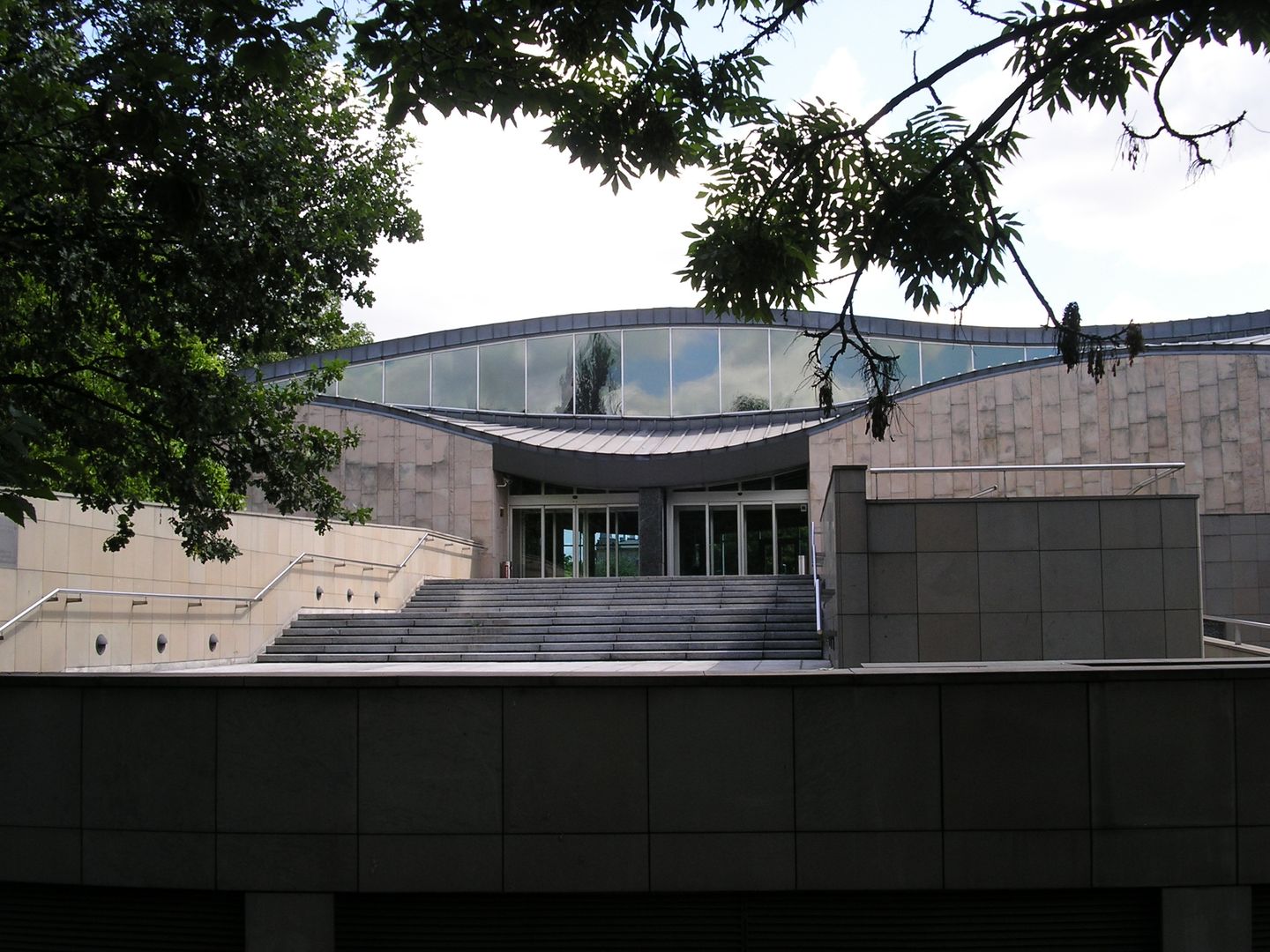Museum of Japanese Art and Technology "Manggha"
7.26

Overview
The Manggha Museum of Japanese Art and Technology in Krakow, established in 2007, derives its name from the pseudonym of Feliks Jasieński, whose collection of Japanese art was the catalyst for the institution's creation. This pseudonym references the title of Japanese woodblock prints by Hokusai. The museum, which opened in 1994 as the Center of Japanese Art and Technology, operated for a decade as a branch of the National Museum in Krakow. In 2005, it gained the status of an independent cultural institution, and two years later, it achieved full autonomy as a museum.
The architectural design of the museum was created by Japanese architect Arata Isozaki in collaboration with Polish architect Krzysztof Ingarden. The building is modern yet draws inspiration from traditional Japanese art, making it unique on a national scale. The museum features exhibition halls that host both permanent and temporary displays related to Japanese culture and technology, as well as offering courses in tea ceremony and ikebana.
It is worth noting that in 2006, Manggha was recognized as one of the 20 most interesting architectural achievements in Poland after 1989. An interesting fact is that in 2002, Emperor Akihito and his wife visited the museum and, on the occasion of their visit, donated audiovisual equipment to the institution. The museum also gained recognition by receiving the Special Prize of the Japan Foundation and attracting the attention of enthusiasts of Japanese art and Asian culture in Poland.
Today, Manggha is an important venue on Krakow's cultural map, promoting Japanese art, traditions, and language, and is overseen by the Ministry of Culture and National Heritage.
Location
Tickets
Powered by GetYourGuide
2025 Wizytor | All Rights Reserved